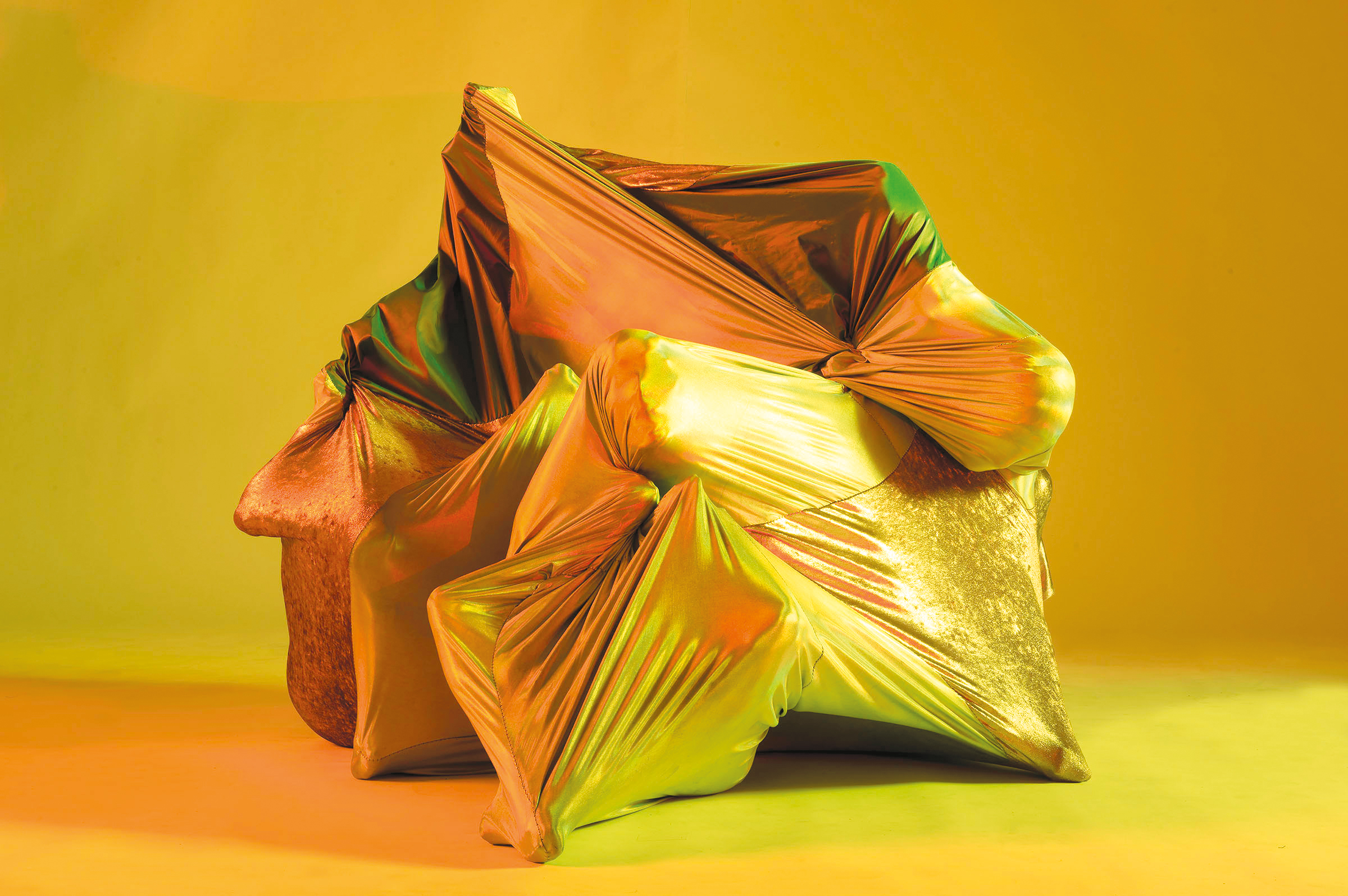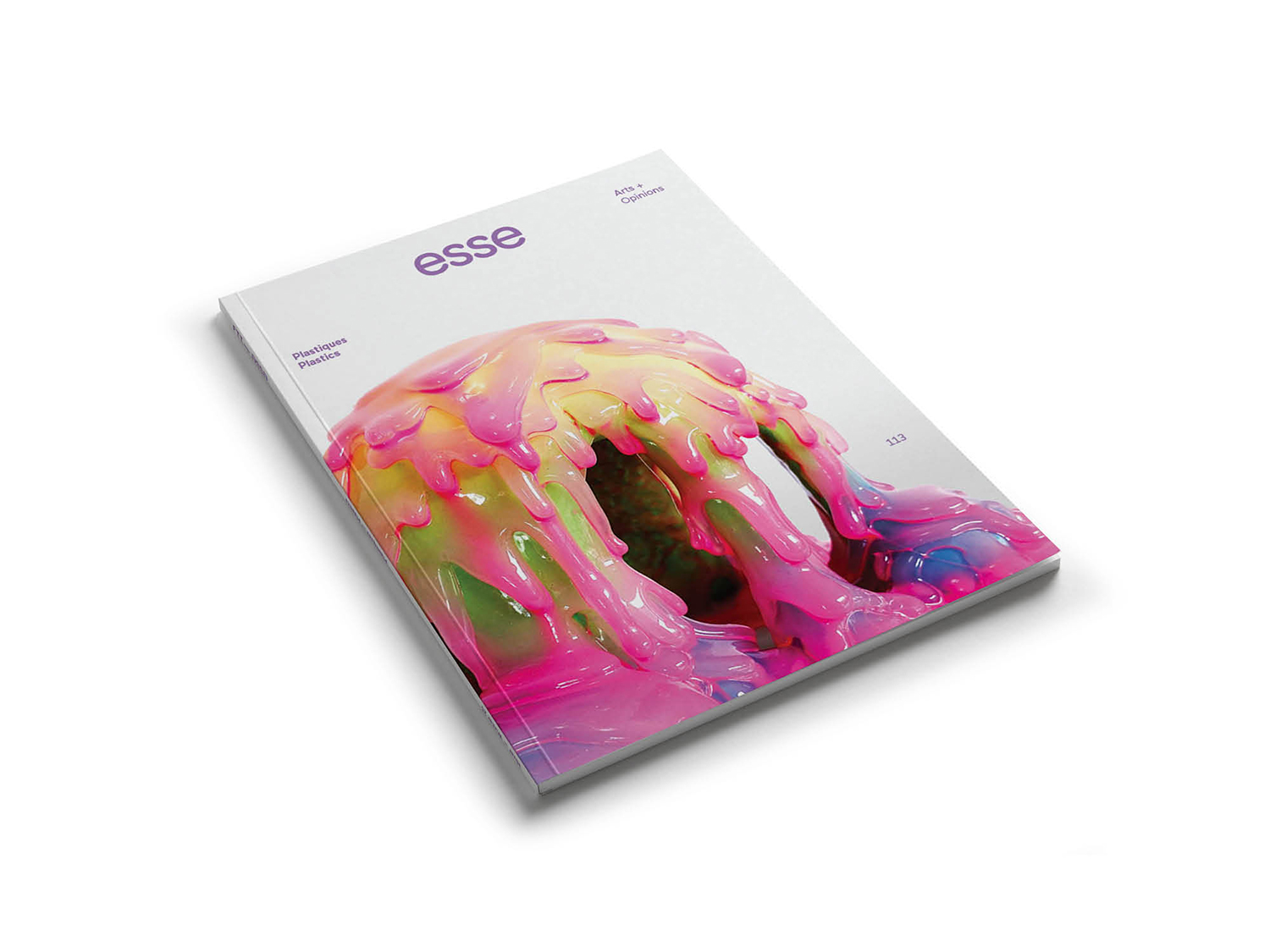
Photo: courtesy of the artist & Herringer Kiss Gallery, Calgary
Queer Femme Plastic Aesthetics: Plasticity and Performativity
In Glitter (2022), queer ecologist Nicole Seymour discusses the association of plastic with women and queer subjects. “Glitter,” she argues, “is connected materially and metaphorically to queerness and related categories such as femininity.”1 1 - Nicole Seymour, Glitter (London: Bloomsbury, 2022), 19. Mirroring and amplifying this cultural association, contemporary queer femme and non-binary artists perform a hyper-saturated, self‑conscious, postmodern femininity with an abundance of glitter, sequins, neon pink, and slime green. Rather than striving for authenticity, seriousness, and depth, these performance artists embrace artifice, playfulness, and surface in the lineage of what Susan Sontag, in her foundational essay Notes on Camp, called “camp aesthetic.”2 2 - Susan Sontag, “Notes on ‘Camp’” (1964), in Against Interpretation (New York: Farrar, Straus and Giroux, 1966), 275–92. They craft a queer, plasticized orientation toward the world that denies the naturalness of gender and sexuality as well as nature itself.



